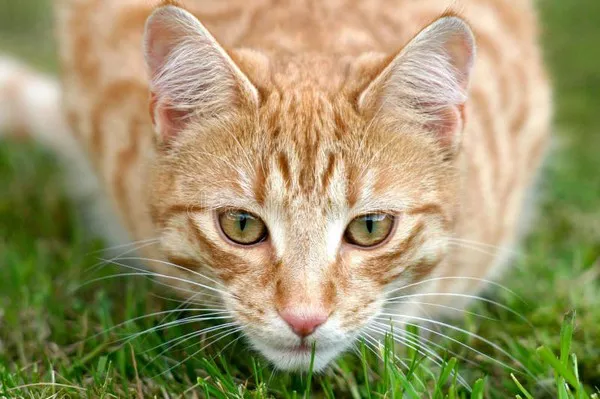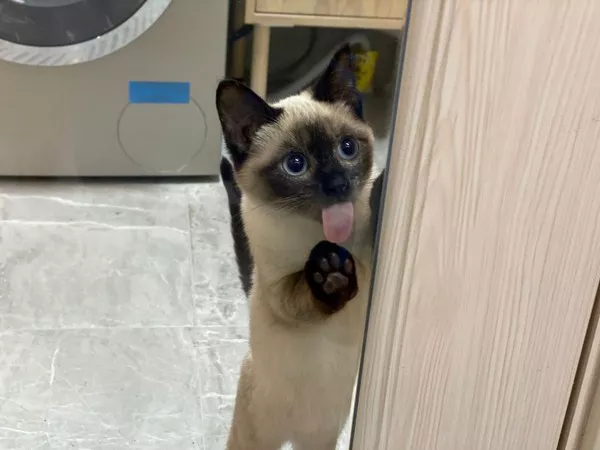Cats, known for their independent and sometimes mysterious nature, can occasionally exhibit unwanted behaviors, with inappropriate urination being a common concern for cat owners. If you’ve found yourself dealing with the frustration of a cat that pees on things, rest assured that effective training techniques can help address this issue. In this comprehensive guide, we explore the reasons behind inappropriate urination, strategies for training your cat pee properly, and tips for maintaining a clean and hygienic living environment.
Understanding the Reasons Behind Inappropriate Urination
Before embarking on a training journey, it’s crucial to understand why your cat may be exhibiting inappropriate urination. Cats are creatures of habit, and several factors can contribute to this behavior:
Medical Issues: In some cases, inappropriate urination may be a sign of an underlying medical problem. Urinary tract infections, kidney issues, or other health concerns can lead to discomfort and changes in urination behavior.
Stress or Anxiety: Cats are sensitive to changes in their environment. Moving to a new home, the introduction of a new pet, or changes in routine can cause stress or anxiety, prompting cats to mark their territory through urination.
Litter Box Issues: A dirty or unpleasant litter box can discourage a cat from using it. Cats may also have preferences regarding the type of litter or the location of the litter box.
Territorial Marking: Unneutered males and sometimes females may engage in territorial marking by urinating on objects or surfaces to establish their territory.
Behavioral Problems: Behavioral issues, such as a lack of proper socialization or traumatic experiences, can contribute to inappropriate urination.
Effective Training Techniques for Addressing Inappropriate Urination
Consult Your Veterinarian: If your cat suddenly starts urinating inappropriately, it’s essential to rule out any potential medical issues. Consult your veterinarian for a thorough examination to ensure your cat’s health is not compromised.
1. Maintain a Clean Litter Box: Cats are more likely to use a litter box that is clean, odor-free, and placed in a quiet, accessible location. Scoop the litter box daily and change the litter regularly to create an inviting environment.
2. Choose the Right Litter: Cats can be picky about the type of litter they prefer. Experiment with different textures and materials to find the one your cat prefers. Some cats may prefer clumping litter, while others may prefer non-clumping or natural options.
3. Provide Multiple Litter Boxes: If you have multiple cats, ensure there is an adequate number of litter boxes to avoid territorial disputes. The general recommendation is one litter box per cat, plus one extra.
4. Address Stress and Anxiety: Identify and mitigate sources of stress in your cat’s environment. Provide safe spaces, comforting hiding spots, and engage in interactive play to alleviate anxiety.
5. Use Pheromone Products: Feliway, a synthetic feline facial pheromone, can be used to create a calming environment and reduce stress-related behaviors, including inappropriate urination.
6. Positive Reinforcement: Reinforce positive behavior by praising and rewarding your cat when they use the litter box appropriately. Positive reinforcement can create a positive association with using the litter box.
7. Behavior Modification: If your cat continues to exhibit inappropriate urination, consider behavior modification techniques. This may involve gradually reintroducing your cat to the litter box, using positive reinforcement, and discouraging unwanted behaviors.
8. Consult a Professional Trainer or Behaviorist: In cases of persistent inappropriate urination, seeking the guidance of a professional cat trainer or behaviorist can provide personalized strategies and solutions.
9. Neutering/Spaying: If your cat has not been neutered or spayed, consider the procedure as it can significantly reduce territorial marking behaviors.
Maintaining a Clean and Hygienic Living Environment
Clean Accidents Promptly: Clean any urine accidents promptly and thoroughly to remove scent markings. Use an enzymatic cleaner to break down and eliminate the odor, discouraging repeat incidents.
Use Cat-Friendly Deterrents: Place cat-friendly deterrents, such as double-sided tape or aluminum foil, on surfaces where your cat tends to urinate inappropriately. Cats often dislike the texture, discouraging them from repeating the behavior.
Create Cat-Friendly Zones: Designate specific areas or surfaces for your cat to scratch and mark, encouraging appropriate behavior in designated spaces.
Regular Veterinary Check-ups: Schedule regular veterinary check-ups to monitor your cat’s health and address any potential issues promptly.
Maintain a Consistent Routine: Cats thrive on routine, and a consistent daily schedule can help reduce stress and anxiety. Feed your cat at the same time each day, and keep other routines as predictable as possible.
See Also: 7 Common Reasons Why Cats Pee on Beds
Conclusion
Training your cat to avoid inappropriate urination requires patience, consistency, and a thorough understanding of their unique needs. By addressing potential health issues, providing an inviting litter box environment, and using positive reinforcement techniques, you can effectively modify your cat’s behavior. Remember that each cat is an individual, and what works for one may not work for another. If challenges persist, seeking professional guidance can offer tailored solutions for your specific situation. With the right approach and a commitment to your cat’s well-being, you can cultivate good habits and enjoy a clean, harmonious living environment with your feline companion.



























